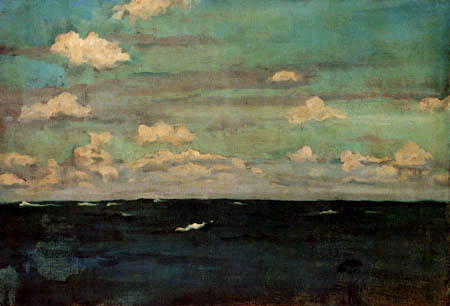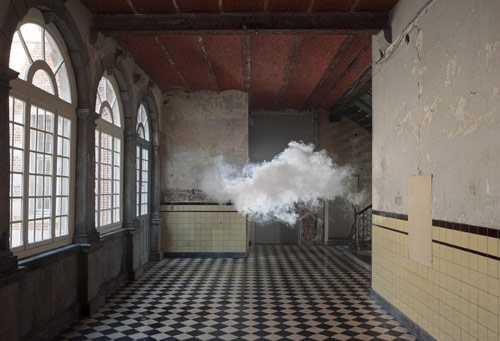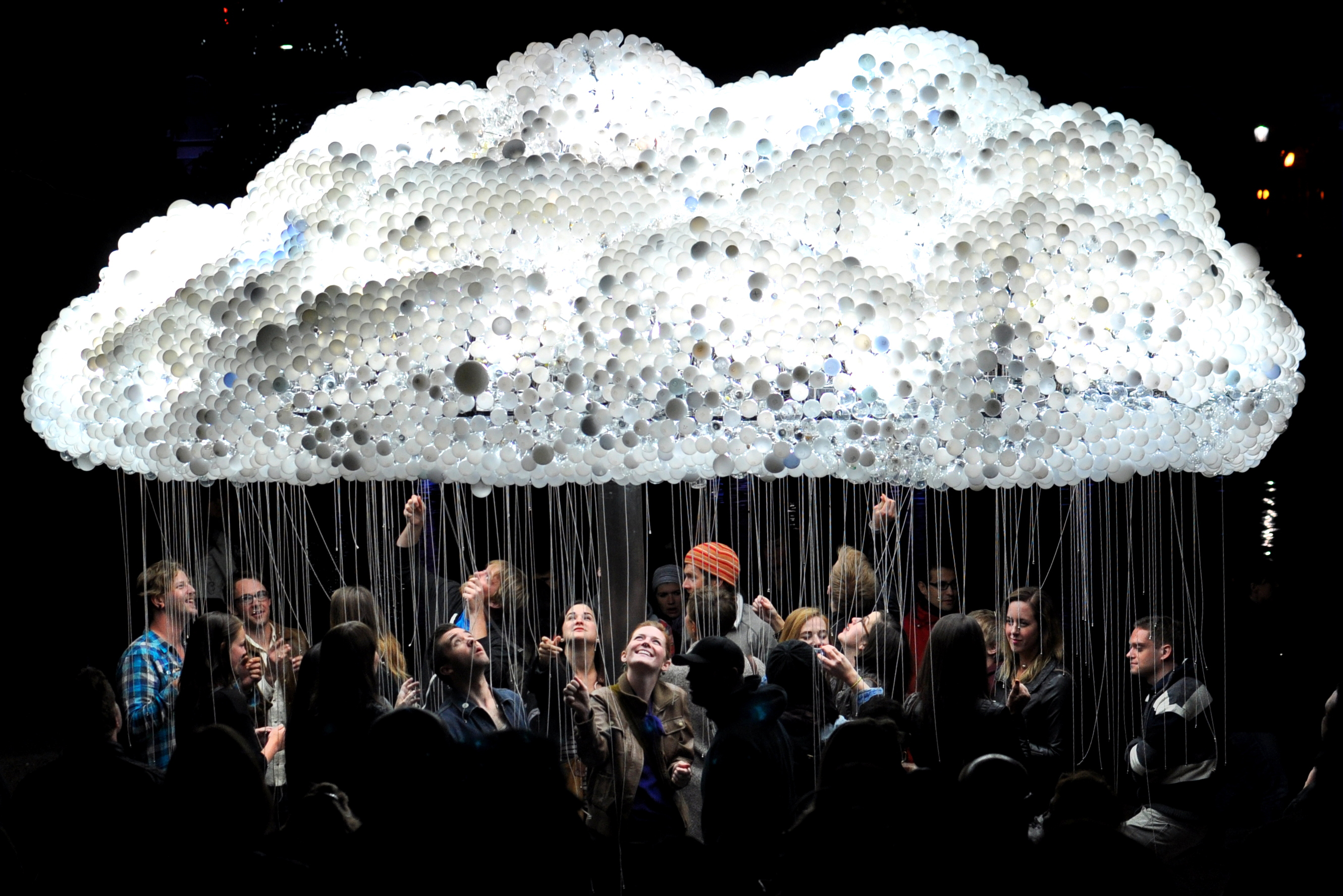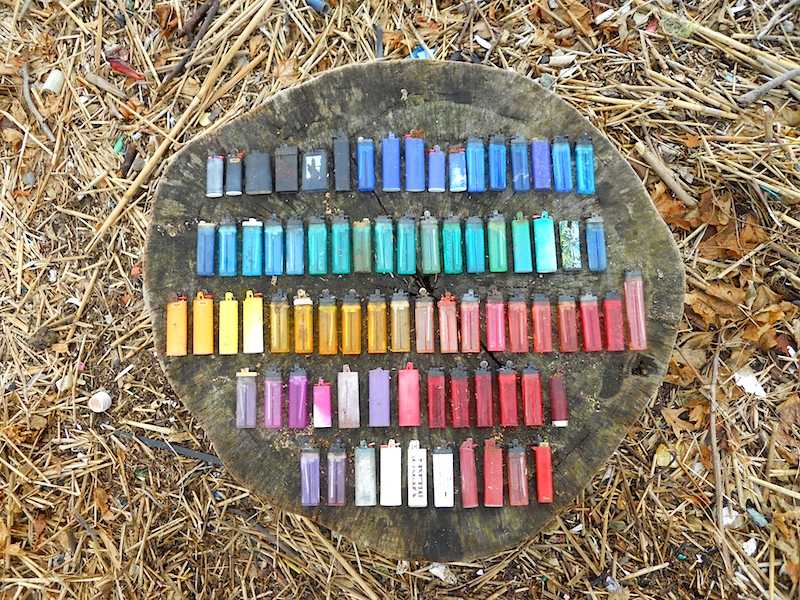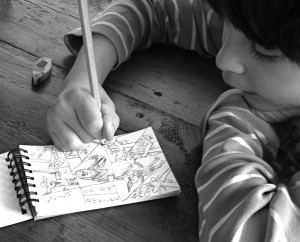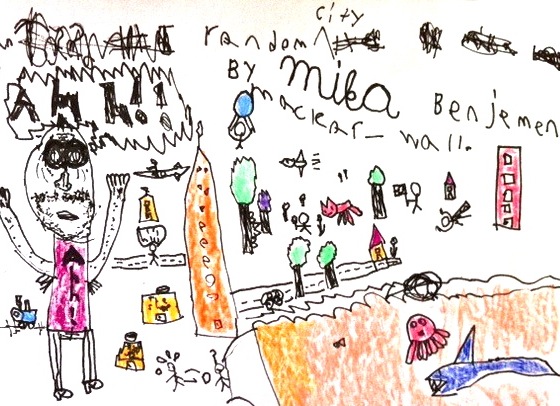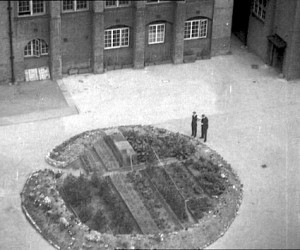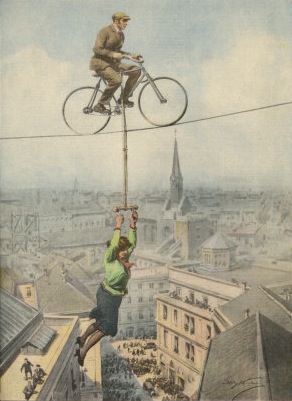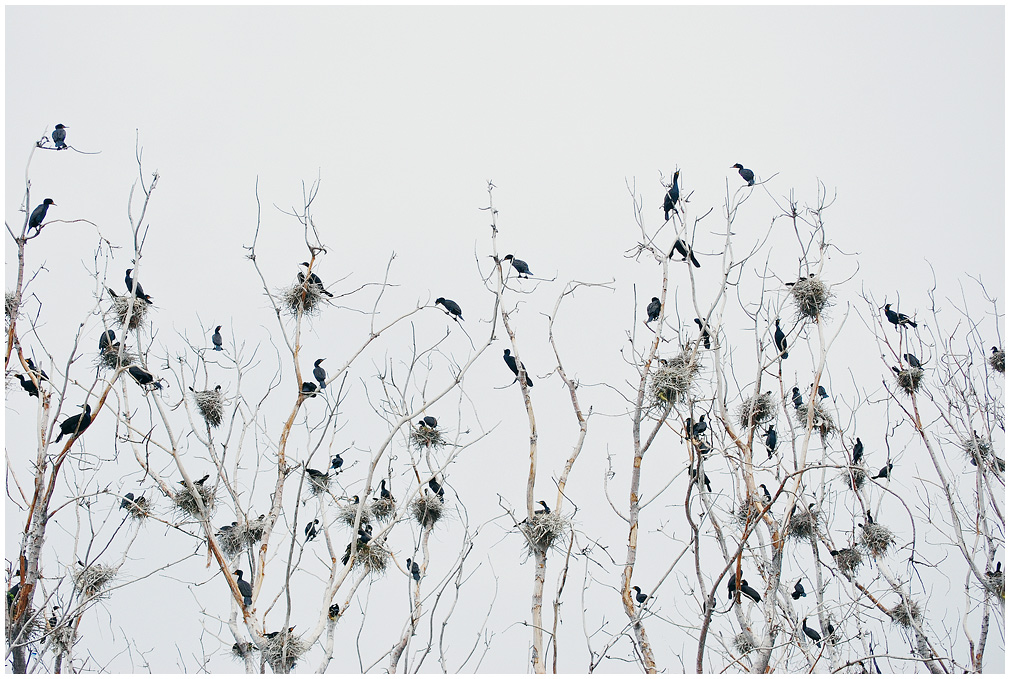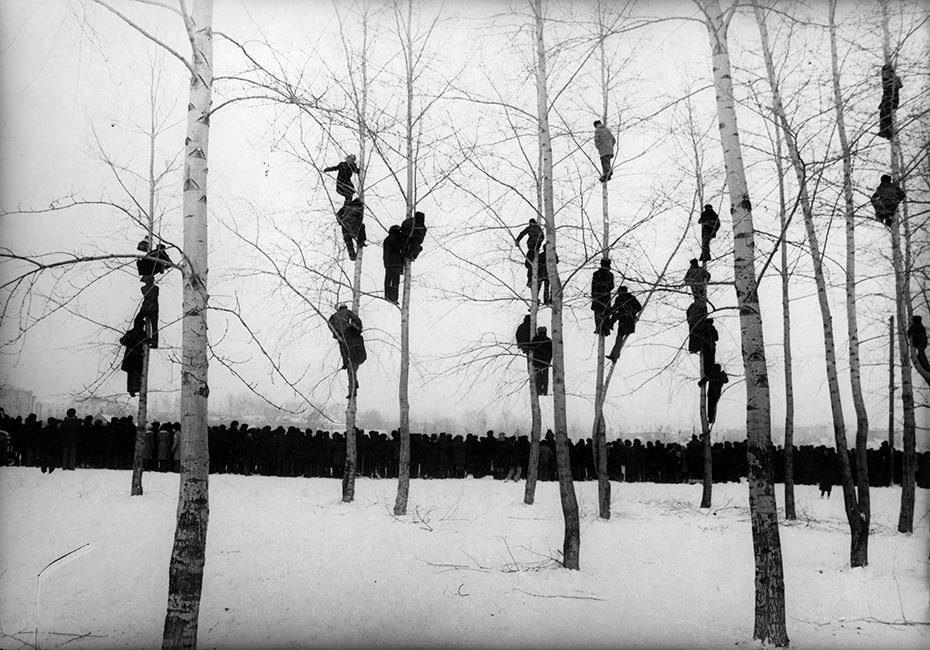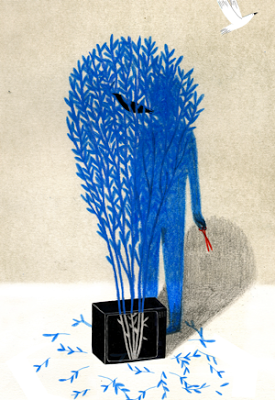For those days when you’re not above the weather or below it but seemingly more of it, when the clouds seem to have entered you, fogging your thoughts and misting over your heart, and you wish you lived somewhere less seasonally insistent, somewhere with uniformly blue skies. On days such as today, I like to think about clouds I have known and liked.
In art, there are many beloved clouds. For example, there are these ones by James McNeill Whistler (“Violet and Silver, The Deep Sea,” 1893.)
And this one by the Dutch artist Berndnaut Smilde (vagrant and beautifully unhinged from the sky.)
And then there is this cloud, which I adore for its incandescent people-gathering-powers. Calgary-based artists Caitlind r.c. Brown & Wayne Garrett constructed it out of 5,000+ Light Bulbs.
And, finally, there are the books: Cloud Atlas (David Mitchell), Little Cloud (Eric Carle), Cloudsplitter (Russell Banks), The Theory of Clouds (Stéphane Audeguy), and The Cloudspotter’s Guide (Gavin Pretor-Pinney).
And the songs: Clouds (Django Reinhardt), Clouds in My Coffee (Carly Simon), Above the Clouds (Paul Weller), and Mighty Clouds of Joy (Al Green).
